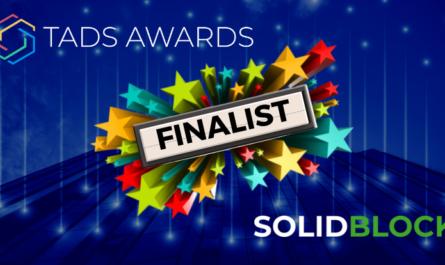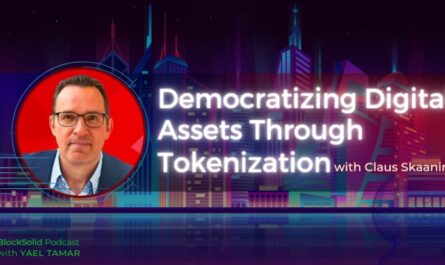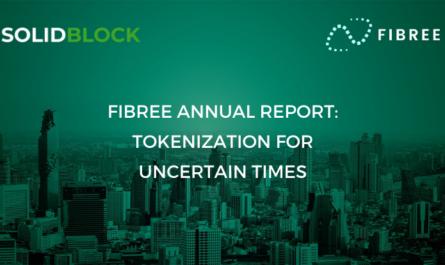
With several large crypto lending companies in free fall, i.e., Celsius, Three Arrows Capital, and Babel Finance, it’s time to distinguish between cryptocurrencies and digital securities that are backed by real-world assets.
Both cryptocurrencies and tokenized real estate are supported by blockchain technology, a type of distributed ledger technology that is a decentralized database. Spread across multiple sites, institutions, and geographies, the information on a blockchain is consensually shared and synchronized, and accessible to multiple people. The data is immutable and transparent and secured by its decentralization.
Think of blockchain as a road that paves the future of data technology. One fork in the road leads to cryptocurrencies, the other to tokenization of assets. They are, essentially, different paths.
This brings us to 2 big distinctions between tokenized assets and cryptocurrencies.
1. What drives the value of tokenized real estate is different from what drives the value of cryptocurrencies.
Tokenized real estate is backed by real-world assets that have traditional valuations. They are a digital representation of ownership of an underlying asset. While the tokens themselves are virtual, the property they represent is tangible and is driven by the asset’s NAV (Net Asset Value).
Tokenized real estate cannot be used as currency. Tokenization of assets creates digital or tokenized securities. Think of them as you would regular security, a financial instrument that can be traded between parties on the open market. Its name comes from the word, “secure,” meaning the quality or state of being secure.
2. All securities, digital and otherwise, are strictly regulated by the Securities and Exchange Commission (SEC) and require detailed disclosures to inform investors of potential risks. This is not the case with cryptocurrencies that do not yet have a clear regulatory definition or reporting requirements.
Issuers of any kind of security are responsible for maintaining compliance, which can be a costly and burdensome process. Digital securities that have been properly programmed to include all relevant regulations are actually less prone to human error and are a far more efficient way to handle compliance.
In addition, unlike cryptocurrencies, digital securities that are managed with the appropriate smart contract are a digital representation of an underlying asset. If digital security is lost or stolen, it can be burned (deleted), replaced by the issuer, and returned to the rightful owner.
Cryptocurrencies and digital securities are relatively new asset classes. In these uncertain economic times, with inflation rising to ever new heights, the reality is that the difficulties experienced by the crypto market will eventually lead to better regulations, more secure trading, and innovative use cases for blockchain technology. This is what JPMorgan calls the “deleveraging cycle” of crypto.
As Janeen Gelbart, CEO of Indiggo said recently, “The truth is, nobody knows what’s going to happen. What we know is…there are going to be things that are completely unforeseen and unpredictable. Our reality is that things change all the time and the pace and the degree to which it impacts us is unprecedented, and it’s not going away.”
About SolidBlock
SolidBlock is a leader in Tokenization as a Service (TaaS) for real estate, integrating blockchain and Web3 technology to allow real world assets to join in the emerging blockchain economy.
As blockchain fuels change in the way real estate is transacted, SolidBlock empowers asset owners to transact differently—buy, sell, raise capital, and collateralize—and to issue, manage, and allocate their tokenized property on a secure, immutable, transparent system.

 by
by 

